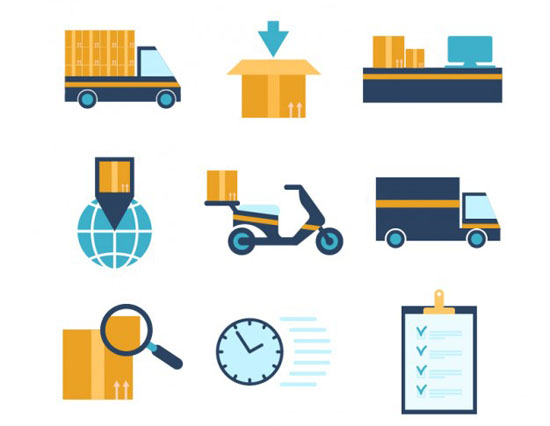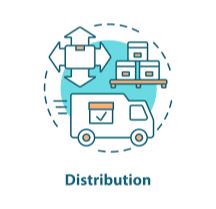In previous blog posts, we have discussed how managing congestion can be achieved with an effective transportation strategy from logistics departments and supply chain directors.
Today, we are looking at the individual components which can make up a whole transportation strategy from the perspective of a shipper.

Focusing on your business functions
Within a successful transportation strategy, you need smaller sub-strategies that cover the functional elements in your supply chain as a business. In this instance, you can be as versatile as you need to be. The most common way to go for a lot of logistics companies is building a comprehensive strategy that covers supply and demand management strategies. These can help you build a better predictability model for your order fulfillment, based on buying patterns and real market demands.

Inventory management strategy can be another key direction to take with your comprehensive transportation strategy. There are various inventory management software applications which can help you organize and keep better track of your stock and its movement.

Distribution is another key strategic component in your transportation plan. If you are new in supply chain management, you may find distribution harder to build a strategy around. More hands-on logistics experience is useful to understand how you can manage your distribution more effectively whilst tackling some of the common last-mile challenges in the industry.

Customer service and reverse logistics are two additional steps you can take with your transportation strategy to make sure your supply chain operation is meeting the consumer’s demands. Ideally, you should aim to achieve a close-knit relationship with your customers so that feedback reaches the key positions in your supply chain management as quickly as possible. These people are then capable to do effective reforms to meet their customer demands based on the shipping experience that is offered.

Transportation functions
Successful transportation strategy needs a fine-tuned plan for organizing the functions of your transportation process. This includes planning your vehicle fleet, the type of equipment you can use to streamline the shipping operation and reduce your last-mile delivery costs.

Your carrier partner network
As part of a comprehensive transportation strategy, you may need to think of a carrier strategy and your place in regards to other carrier companies. Logistics companies have a very individual approach of whether they want to stay in close partnership with one or many companies for freight transport so that they could scale up their operations over time. One way or another, it’s important to position your company from the early days in the network of partners in the industry in order to achieve a better transportation strategy in the long term.

How can I align all of these individual strategies to work together effectively?
The best way to synchronize all operations together is to have an inclusive approach towards staff, technologies, and individual processes in supply chain management. These three components should also help you align your strategies so that there’s more effective execution of transportation.
How can you know that your transportation strategy is successful?
The easiest way to know that your transportation strategy is effective is by looking at your Key Performance Indicators (KPIs) and how your profitability increased over time. You can look at different performance indicators like operating and capital costs management or on-time management.

Final words
Having a successful transportation strategy means that you have considered all individual components of your supply chain management and you have taken into account all steps, processes, and people involved. Effective transportation strategy is based on higher transparency, better automation, and a continuously working feedback loop aiming at improvement and greater contol.